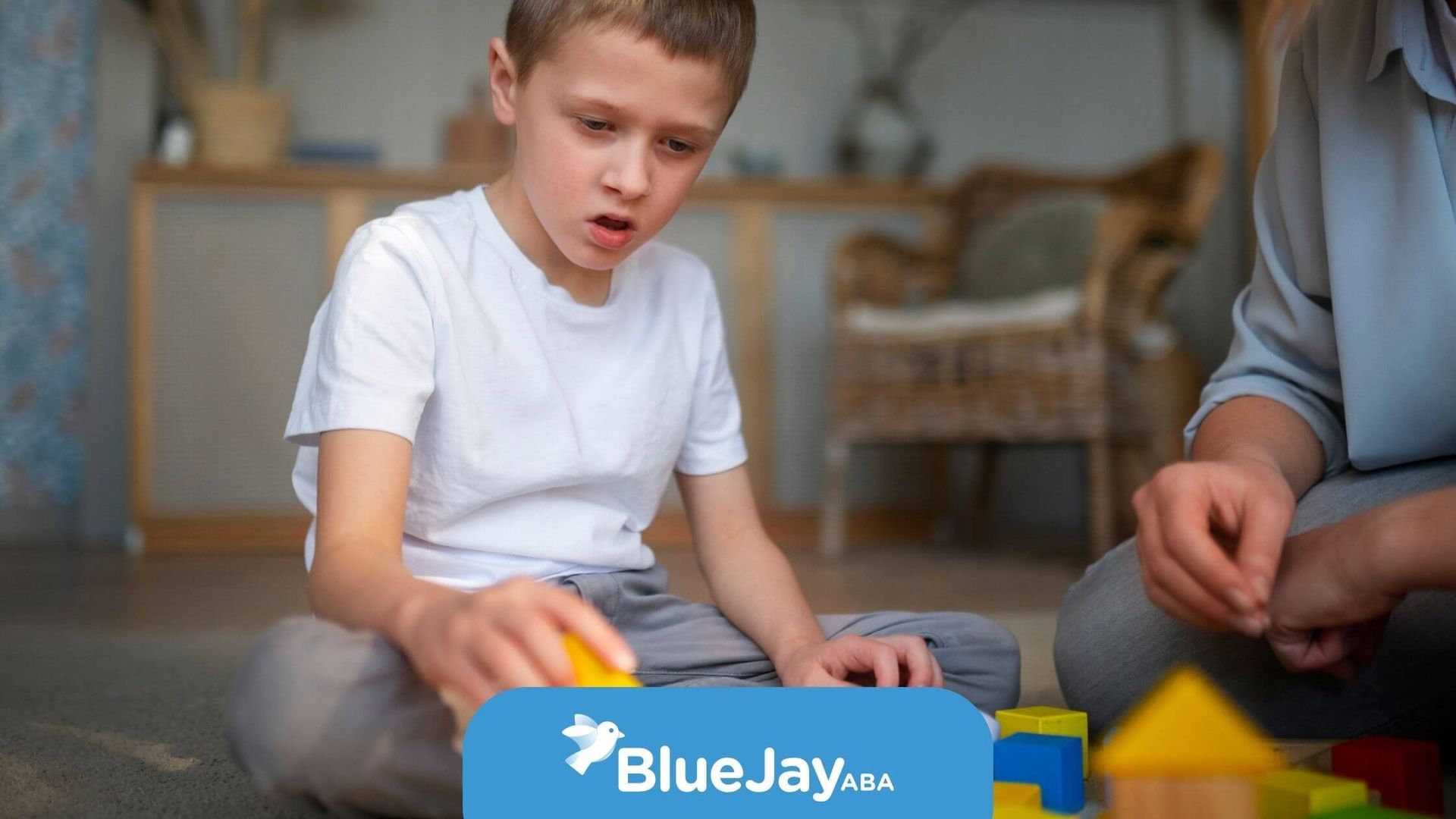Punishment in ABA Therapy: Facts vs. Misconceptions
Punishment in ABA therapy often gets misunderstood. The phrase brings to mind harsh discipline, but misconceptions about punishment in ABA therapy don’t tell the full story.
What Punishment Really Means in ABA
In ABA, punishment means reducing the chance a behavior will happen again by applying a consequence right after the behavior. It’s a technical term, not punishment like in everyday language. There are two types:
- Positive punishment: Adding something unpleasant, like losing a privilege, to decrease unwanted behavior.
- Negative punishment: Taking away something desired, like a toy, to reduce the behavior.
When and How Punishment Is Used
Research shows punishment is rarely the first choice. ABA relies mostly on positive reinforcement—rewarding good behavior—to encourage skill-building. Punishment is only used as a last resort, carefully and ethically, alongside reinforcement to support better behavior long-term.
Why These Misconceptions Matter
Many worry that ABA uses punishment harshly or frequently. Studies confirm modern ABA approaches prioritize positive methods to foster learning without emotional harm, ensuring therapy remains supportive and effective.
Contact Blue Jay ABA for clear, compassionate ABA therapy in North Carolina. Our team upholds the highest standards and focuses on positive growth for every individual.
Related Posts






